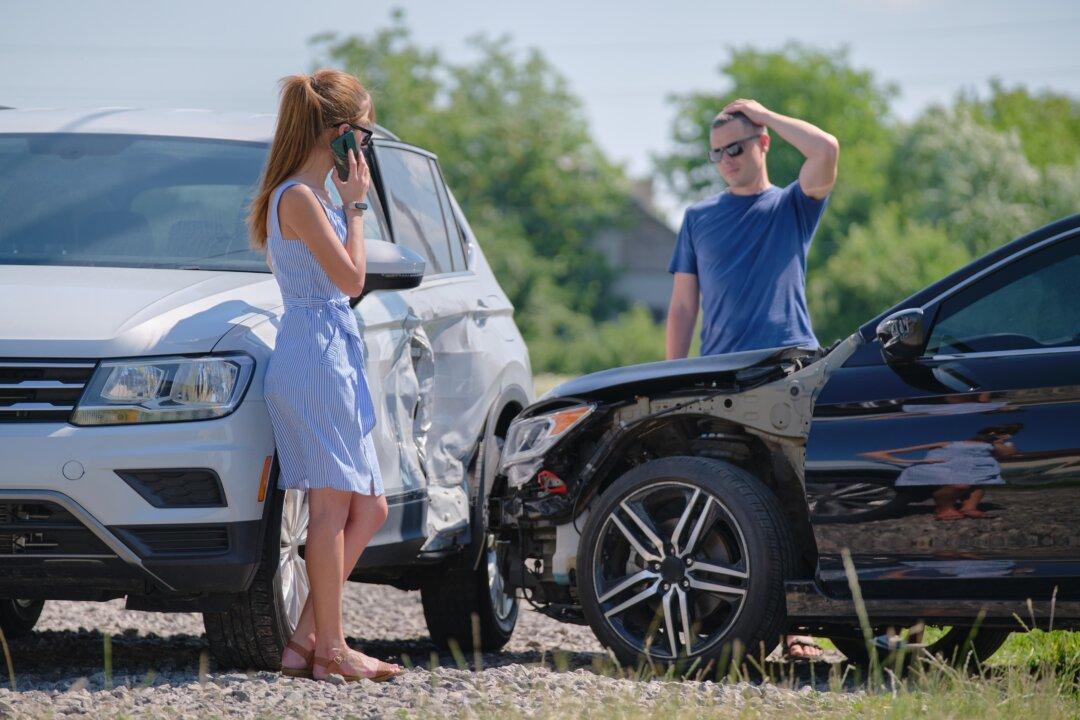
Auto liability insurance helps financially protect you if you or your car is found at fault in an auto accident. Bilanol/Shutterstock
By Donna LeValley
From Kiplinger’s Personal Finance
Question: What is auto liability insurance and what does it cover?
